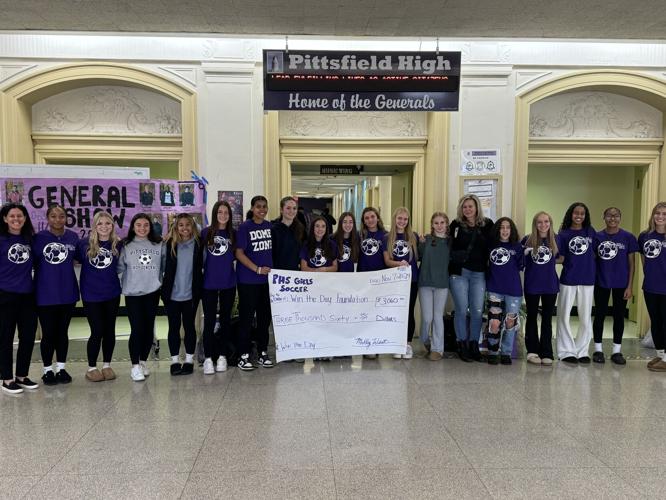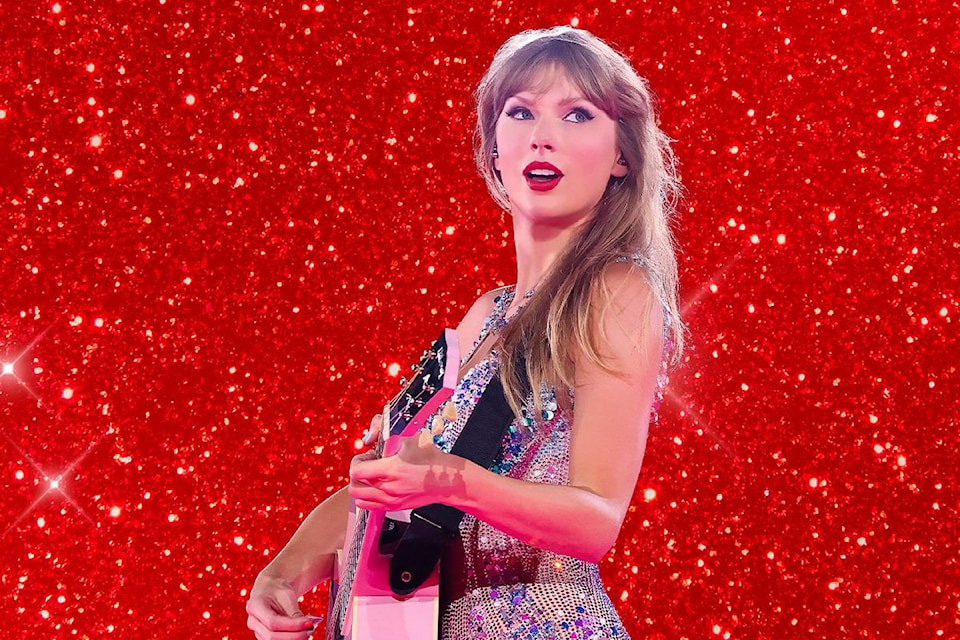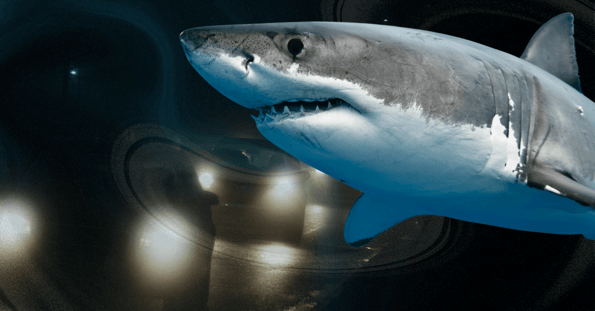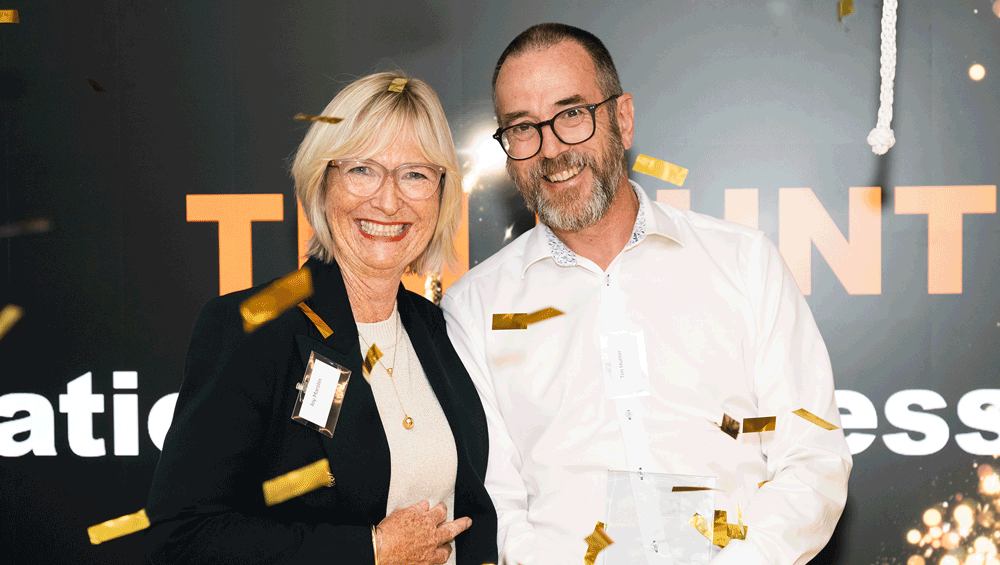
Halloween is a combination of two holidays: All Saints’ Day, which was a Catholic holiday moved to Nov 1 to co-opt the other, Samhain, an old Celtic pagan holiday. NEW YORK – In 2024, consumers are expected to spend US$11.6 billion (S$15 billion) celebrating Halloween, up from US$3.
3 billion in 2005. Perhaps it is time to eat some crow. Halloween, steeped in tradition, has transformed from a pagan feast to a celebration with lovingly homemade costumes and treats to one of the largest consumer spending holidays in the US.
Every October – or earlier – millions of Americans are spending on costumes, decorating their homes and lawns with garish skeletons and spiders and doling out candy to little superheroes and witches. But how did this holiday with humble origins become an economic juggernaut with growing global appeal? Already a subscriber? Log in Get exclusive reports and insights with more than 500 subscriber-only articles every month $9.90 $9.
90/month No contract ST app access on 1 mobile device Subscribe now All subscriber-only content on ST app and straitstimes.com Easy access any time via ST app on 1 mobile device E-paper with 2-week archive so you won't miss out on content that matters to you Join ST's Telegram channel and get the latest breaking news delivered to you. Read 3 articles and stand to win rewards Spin the wheel now.













